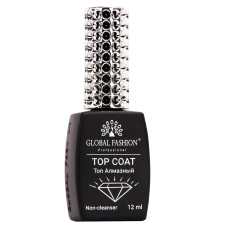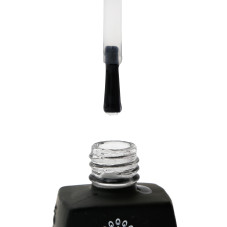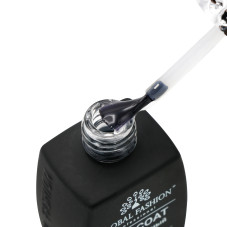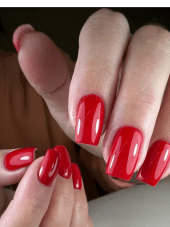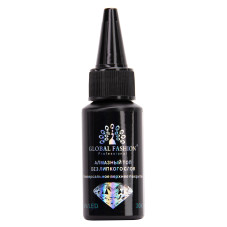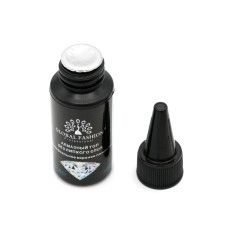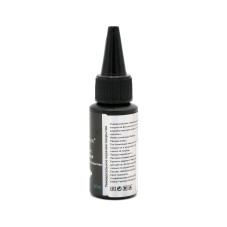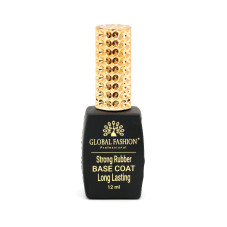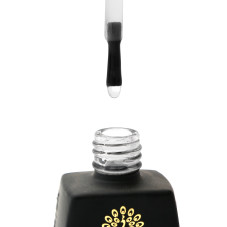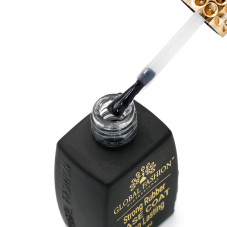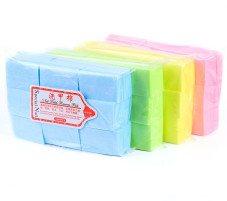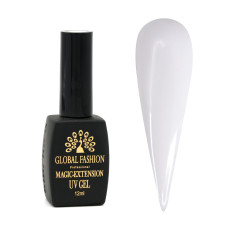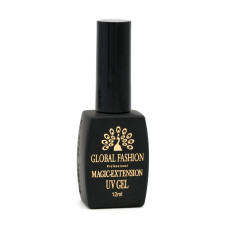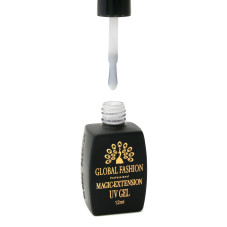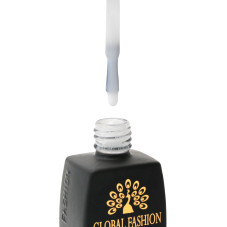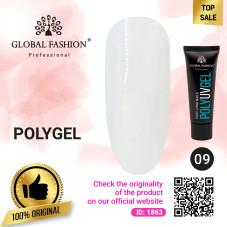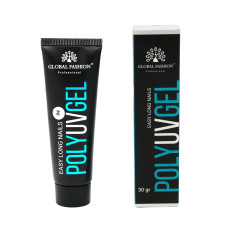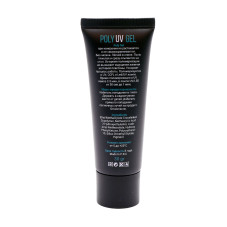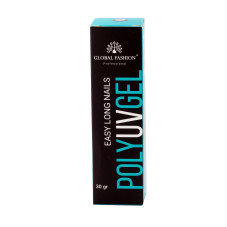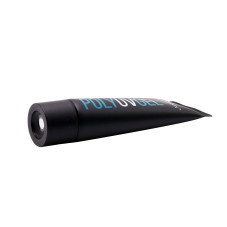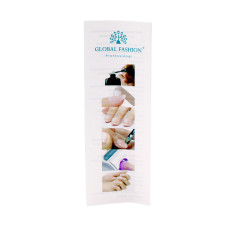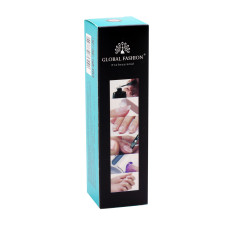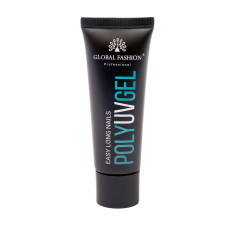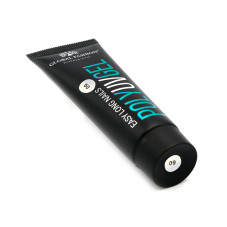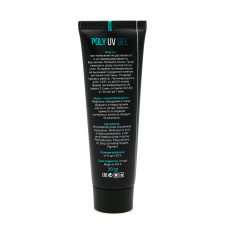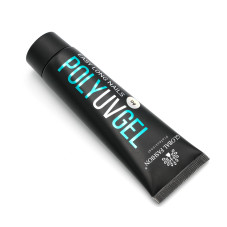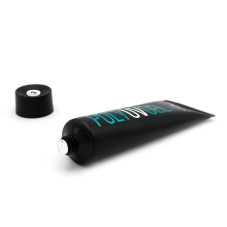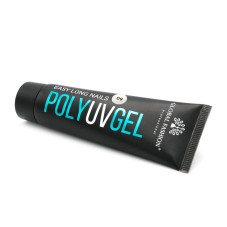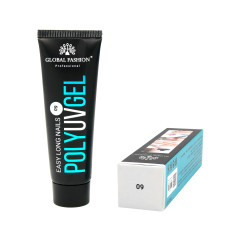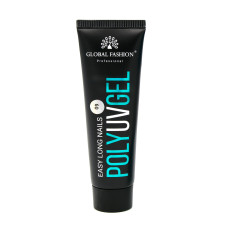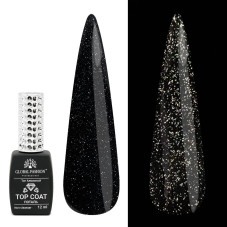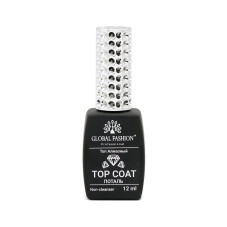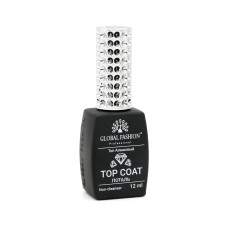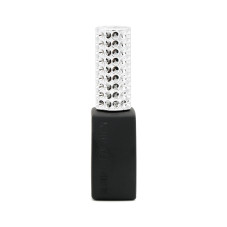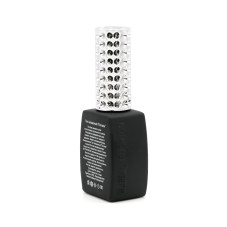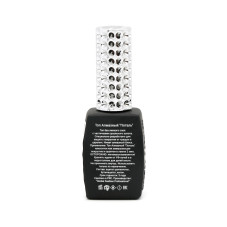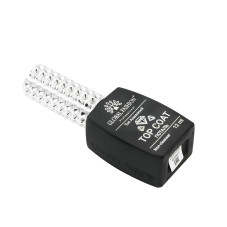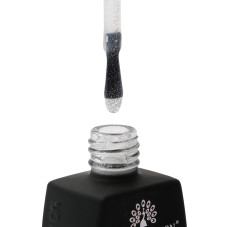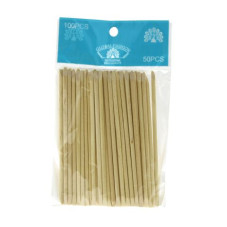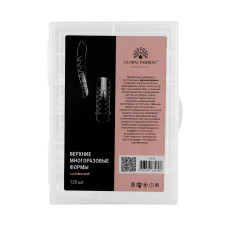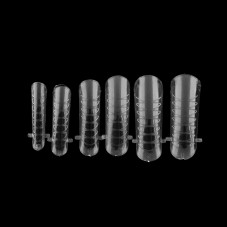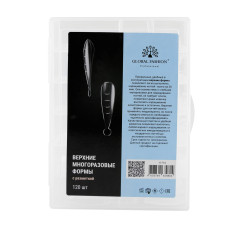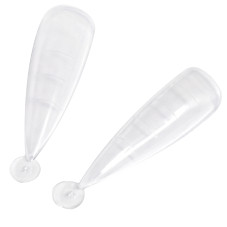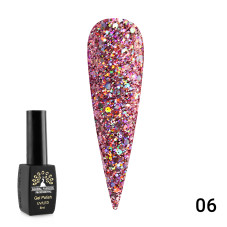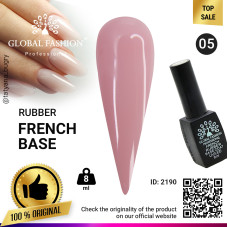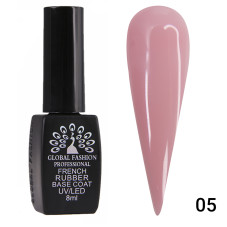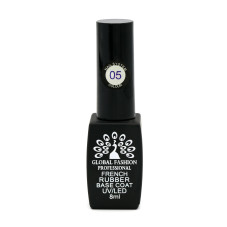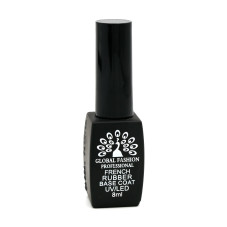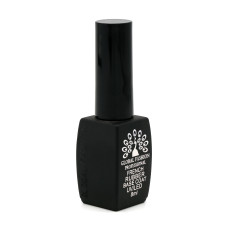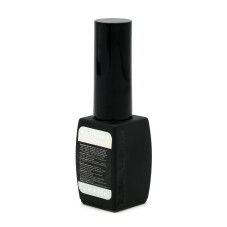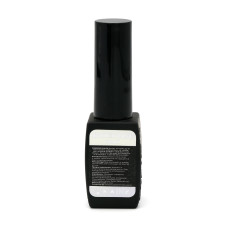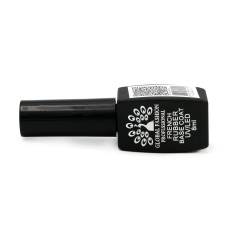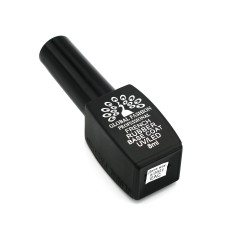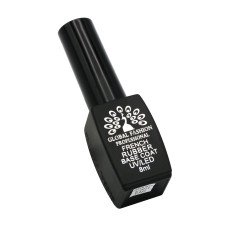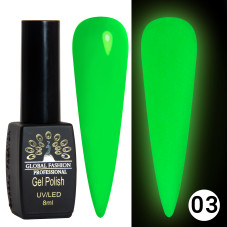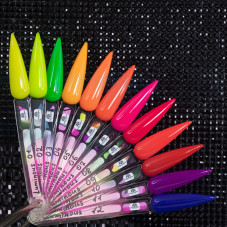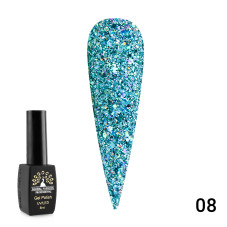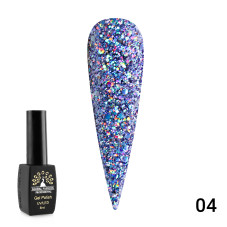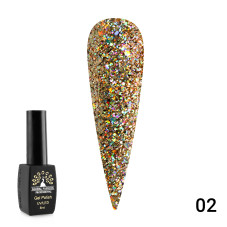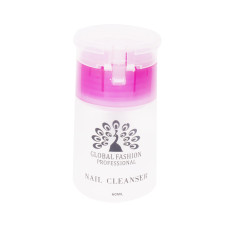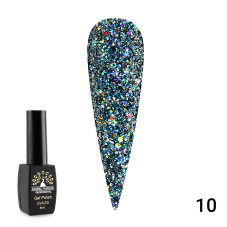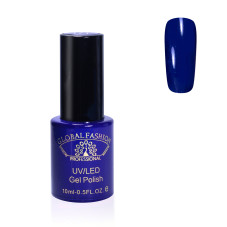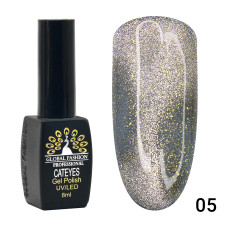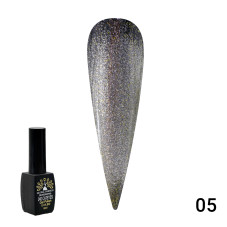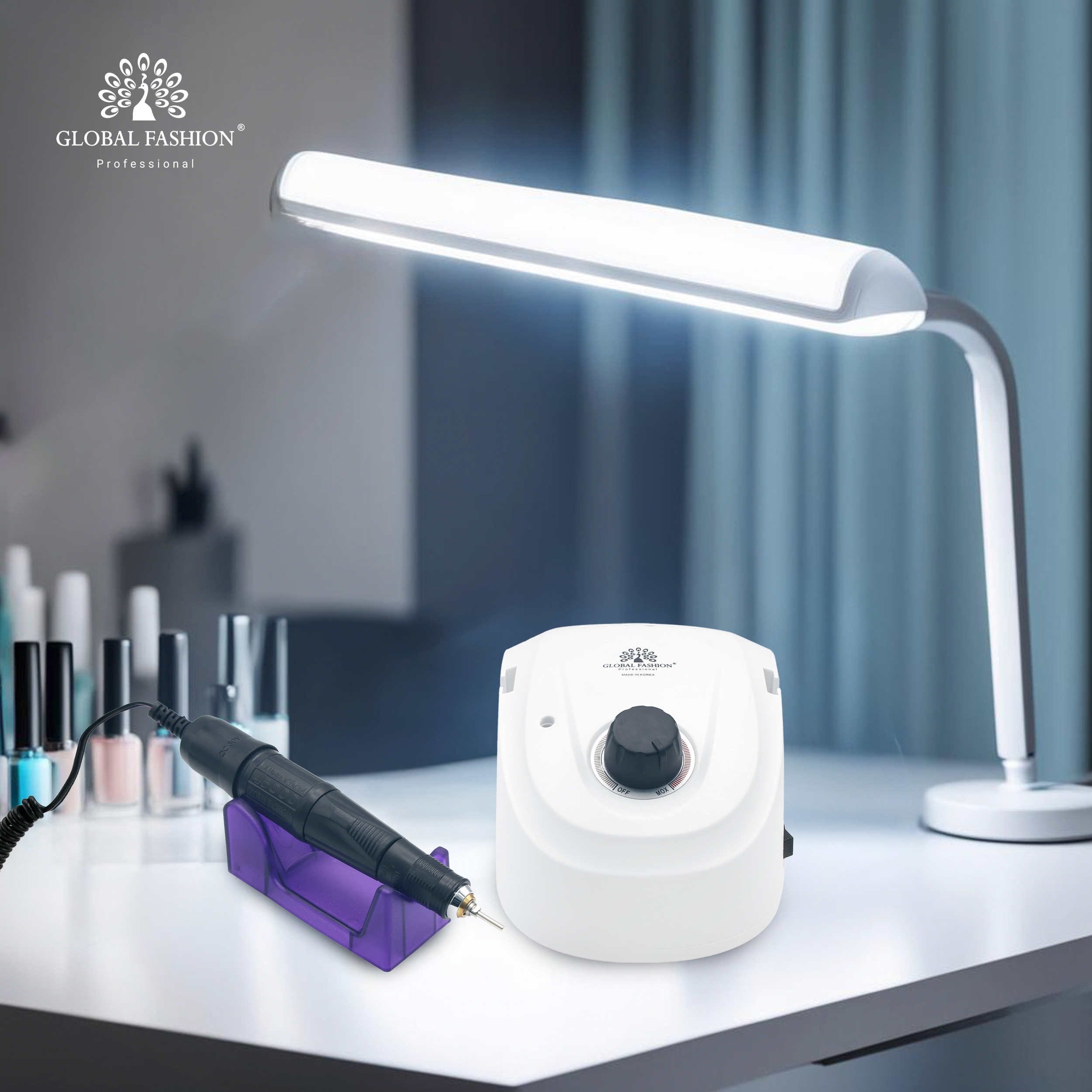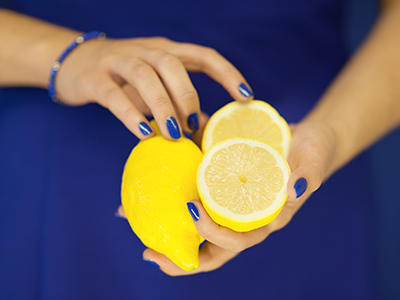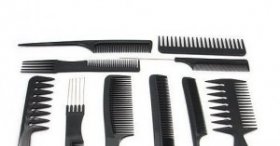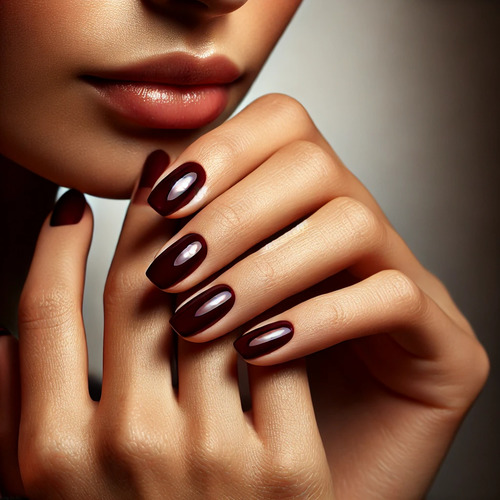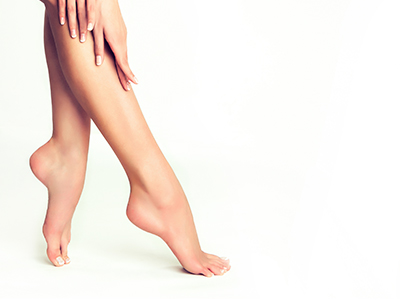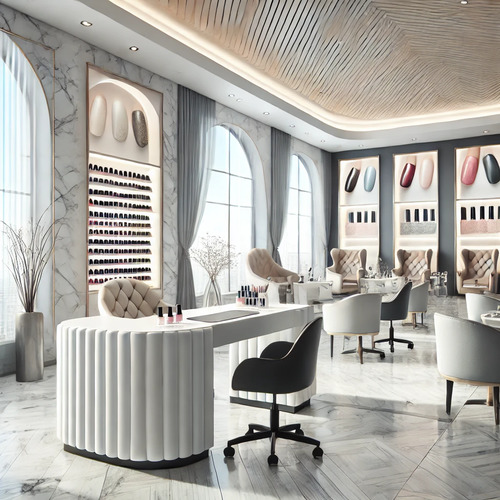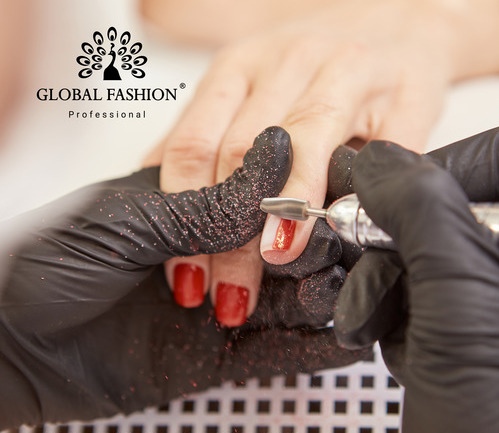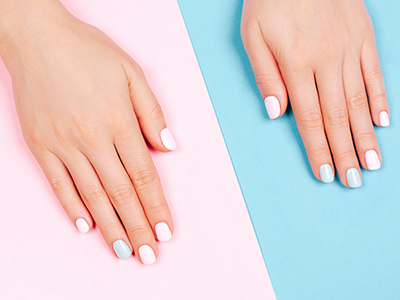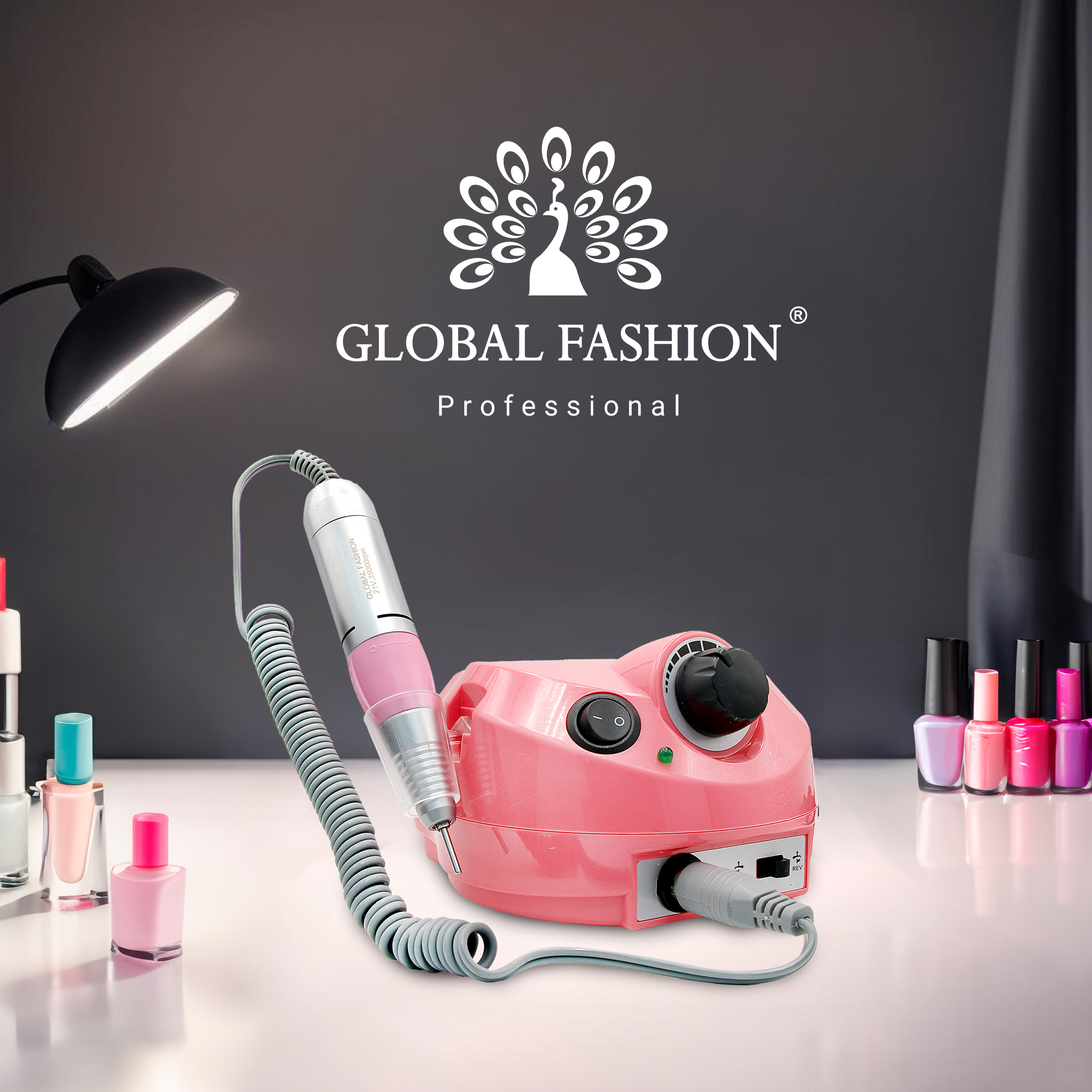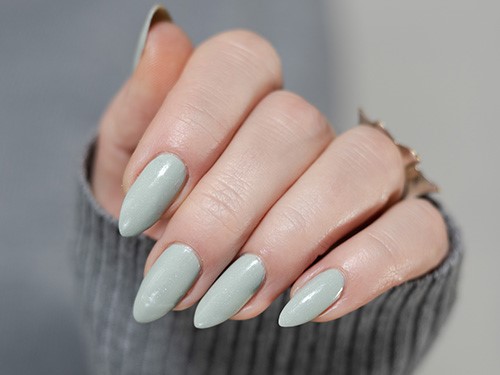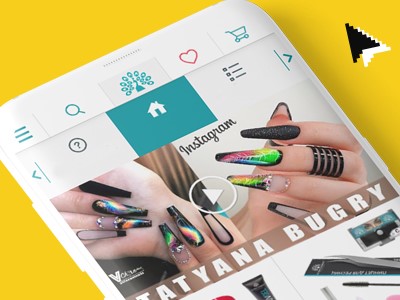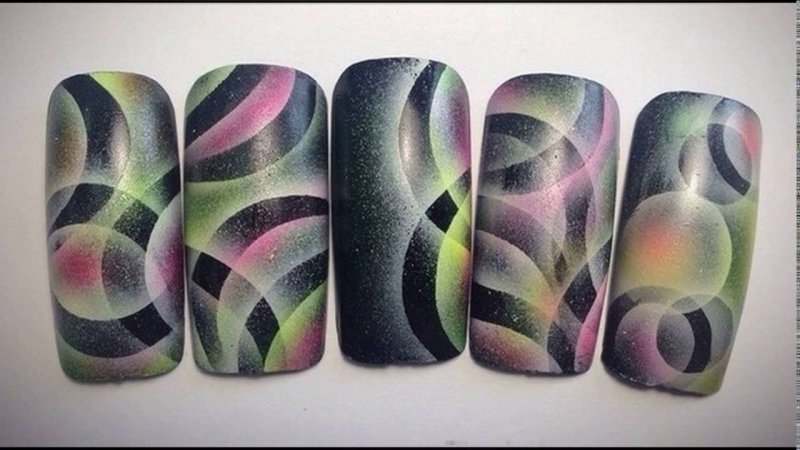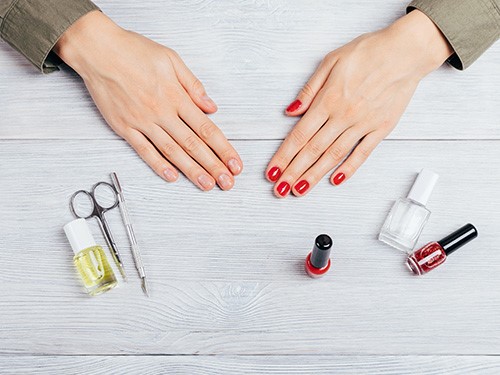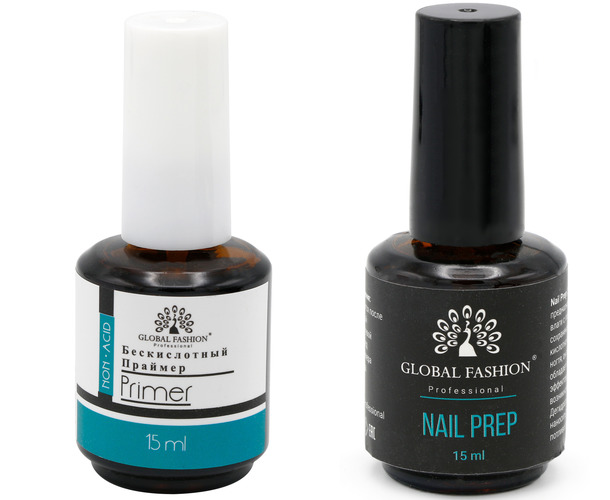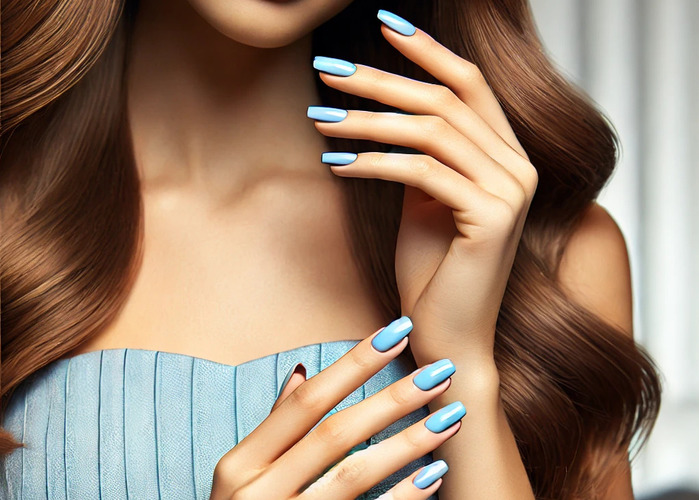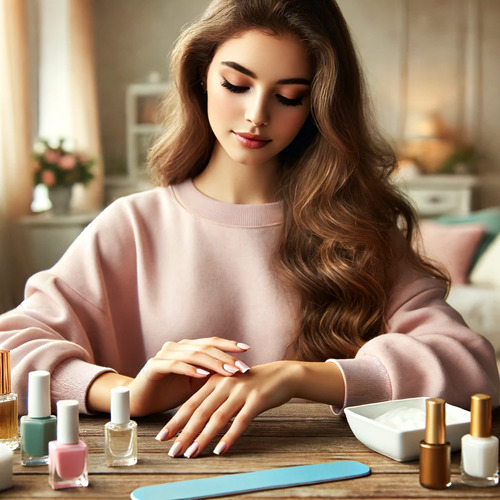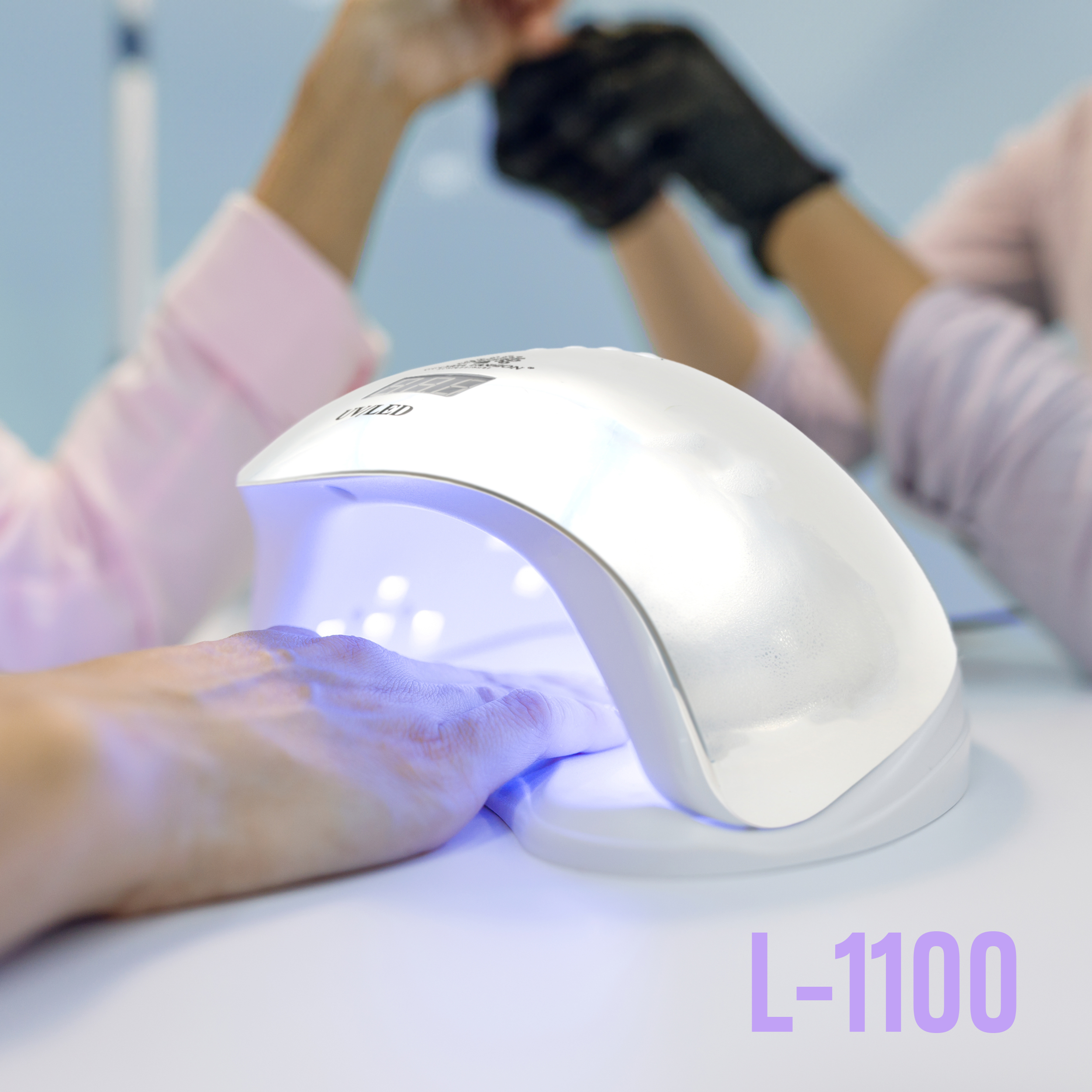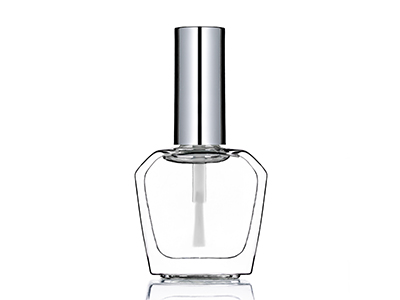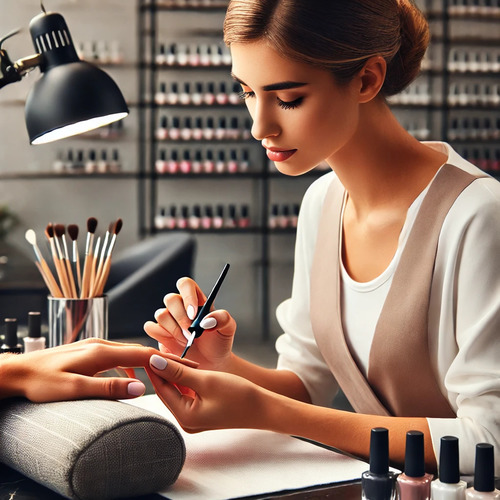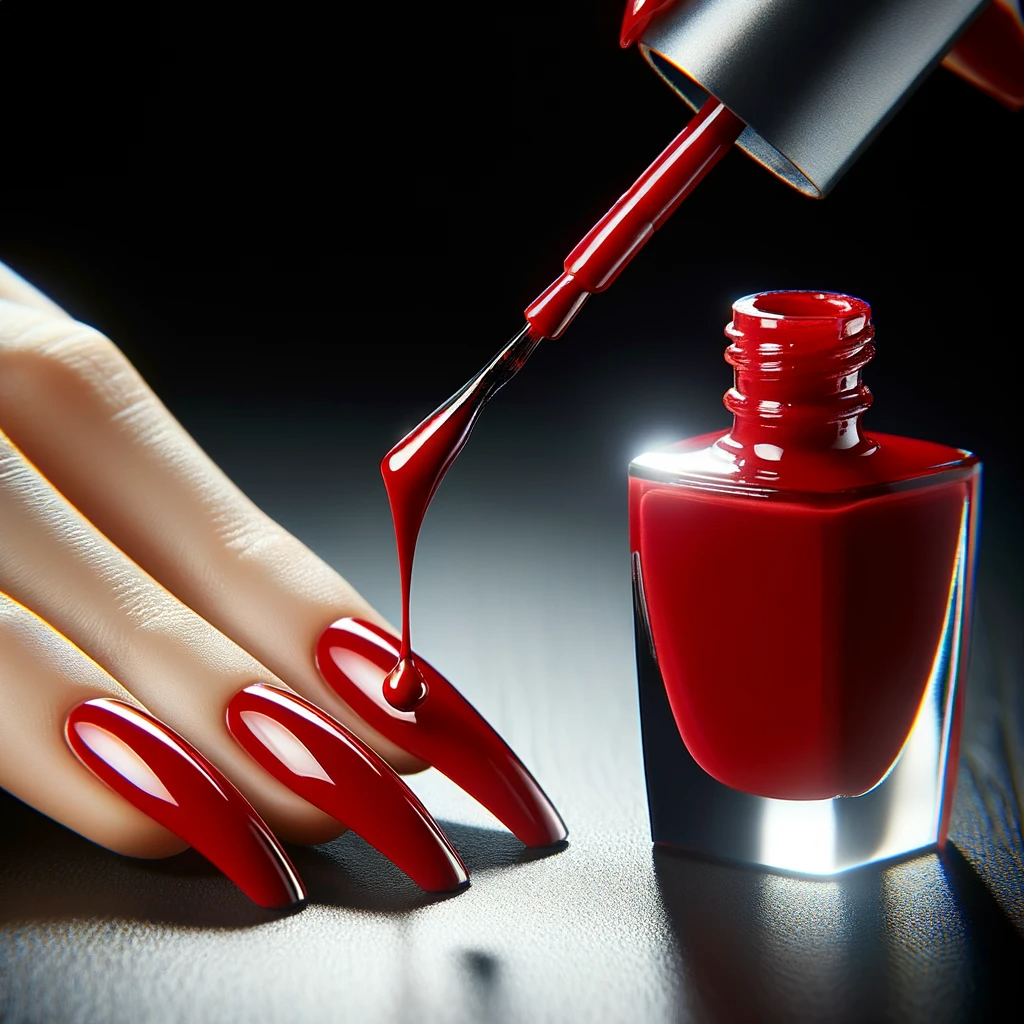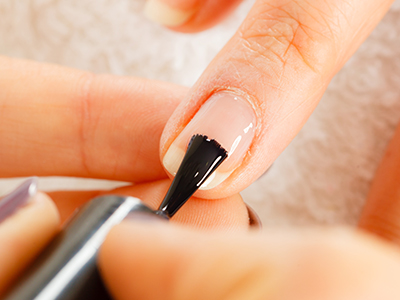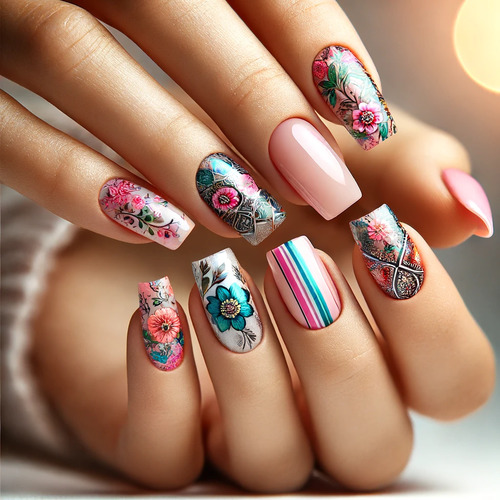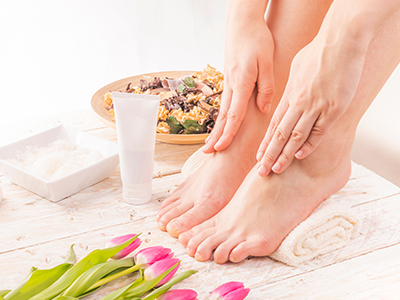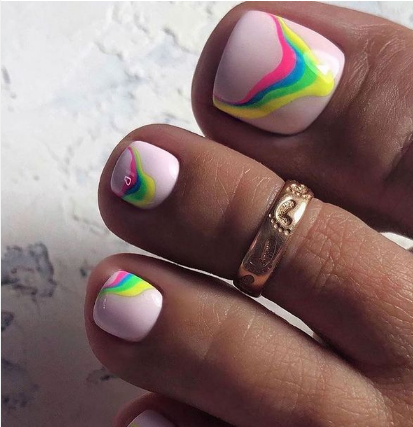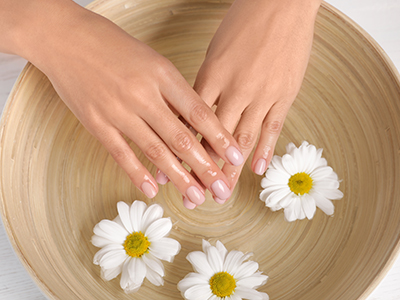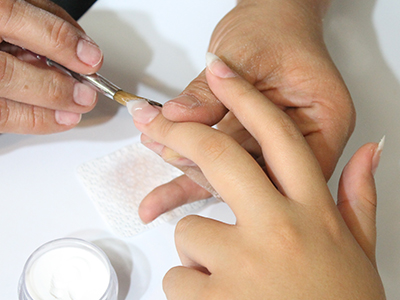Allergy to ge l- polish! Implicit reasons
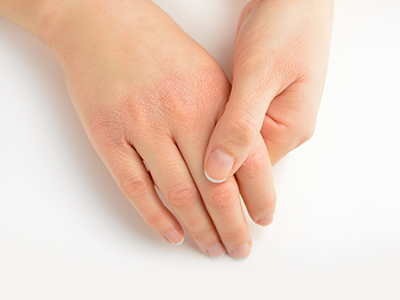
In the field of the nail industry, there are both pros and cons. Recently, in the nail industry, more and more often there is such an unpleasant phenomenon as an allergy to gel polish. For many girls, gel polish has become an ideal solution in search of a beautiful and durable coating, and besides, it is famous for an affordable price. But not everyone is ready to part with classic varnishes. The reason for this is an allergy that manifests itself both on the gel polish itself and on other drugs. And no one is immune from this, it can arise both from the master and from the client. In order to somehow beware of it, you need to pay attention to some important factors. In our article, we will help you figure it out.
To begin with, let's think about whether gel polish is really to blame for all the troubles, or is there something else in the problem? Let us analyze what causes of allergies in manicure are called by the master and what really causes negative reactions, and what is actually harmless.
Lack of good ventilation
It is known that the master is forced to breathe gel polish fumes daily, for 4-5 hours a day, or even longer. Of course, the result is allergic respiratory problems. If there is poor or no ventilation in the room, and windows are rarely opened for ventilation, the likelihood of earning an allergy becomes even higher.
Note: It is often necessary to monitor ventilation and ventilate the room. This will help prevent negative outcomes.
Incorrectly organized premises
Shavings from gel polish, sawdust of nails, dust - all these allergens settle in the office and both clients and the master himself breathe this. The foreman is in the workplace for a long time. Therefore, it is advisable that there are no curtains, ruffles and other textiles in the room. Only smooth surfaces that can be removed quickly and easily.
Note: It is desirable that there is a minimum amount of textiles in the office and it is always necessary to keep cleanliness.
Improper use of gloves
Allergies are mainly caused by latex gloves. But there are alternatives: vinyl and nitrile.
The most common mistakes made by craftsmen in using gloves:
- wrong size selection.
- work in one pair of gloves all day long (gloves must be changed every 3-4 hours and / or after each client).
- cleaning the workplace, sterilizing instruments and performing other manipulations without gloves.
- work with torn gloves.
Note: Always try to use vinyl or nitrile gloves in your work, NO talcum!
Use of low-quality antiseptics
There are two types of antiseptics on the market:
- medical (produced by pharmaceutical corporations) - are manufactured according to strict standards and therefore disinfect the skin as much as possible and almost never cause negative reactions.
- antiseptics from cosmetic companies or manufacturers of gel polishes - they do not protect the skin very well, but this is individual for each person.
Note: It is advisable to use medical antiseptics. But the fact is not excluded that good antiseptics can also be purchased from well-known quality brands.
Removing gel polish with acetone-based liquids
Acetone is a corrosive liquid. The tool spoils the nails of clients and causes allergies among the masters. Especially if they work without gloves.
Note: Avoid acetone-containing nail polish removers.
Individual intolerance to any remedy
Everyone has different organisms, so allergies can actually arise from any remedy. Since the composition of gel varnishes, removers, bases, tops and other means necessary for manicure include dozens of components that can cause a negative reaction.
Note: If you notice that you are allergic to any product, just do not use it, but replace it with something else. From the manufacturer there is a huge selection of products used in the nail industry.
How to avoid an allergic reaction and protect the client?
Of course, an allergic reaction is so individual. It all depends on everyone's body. But allergies can be somehow «slowed down» for this, some basic measures should be followed.
1. It is necessary to purchase gel polish only from trusted suppliers, for fear of counterfeits, and choose well-known high-quality hypoallergenic brands from bona fide manufacturers.
2. Before using gel polish, check not only its composition, but also the shelf life of the product.
3. Treat your hands with an antiseptic before starting a manicure.
4. If any micro-wound forms, in the case of a trim manicure, it must be treated with hydrogen peroxide (the peroxide will quickly dry out and heal the wound). If wounds are always formed during manicure, for example, due to the close location of the vessels, it may be necessary to master hardware manicure or apply a coating one day after performing a hygienic manicure.
5. DO NOT get gel polish on the cuticle and skin around the nail! And if, nevertheless, this happened, it is necessary to clean the product with a special degreaser (preferably expensive and high-quality) or alcohol.
6. After completing the manicure procedure, be sure to apply cuticle oil and hand cream with massage movements! This will help to easily peel off small and invisible particles of gel polish from thin skin, if any.
7. The hardware manicure procedure is best performed by a professional who is certified to work with similar products.
How can a master protect himself?
1. Protect the skin of the hands - use gloves when working.
2. Protect the respiratory tract - install an extractor hood in the office and a separate tabletop hood vacuum cleaner.
3. All means used during work: gel varnishes, materials for nail extension, liquids, should be stored in a special box or on a shelf. Do not keep them near you.
4. Use a mask and goggles during work, or even better a complete set of professional clothing: a hair cap, an apron, a mask, goggles and specialized suits (uniforms). The disposable mask needs to be changed or cleaned after each client, and the goggles will protect not only the respiratory tract, but also the eyes from fine dust. The reusable form must be washed separately from other things (the more often the better) and with disinfectant in accordance with the instructions for the preparation. It is important in work clothes that they cover the chest and armpits. They are an ideal environment for the possible development of pathogenic bacteria. Instead of reusable uniforms, disposable suits or sleeves can be used, which are disposed of after each client.
5. Use only high quality materials.
6. Airing the room and wet cleaning of all work surfaces and tools. Cleaning should be done 2 times a day: in the morning and in the evening, as well as after each client.
We hope that our article will help you in the future. Always be healthy and beautiful!
Published: 04.11.2020 13:57
Times Read: 5355
6692 bought
ID: 3678
275 с
3345 bought
ID: 3688
491 с
2329 bought
ID: 1863
343 с
1494 bought
ID: 11773
196 с
240 bought
ID: 2190
208 с
-15%
194 bought
ID: 11951
196 с
-20%
